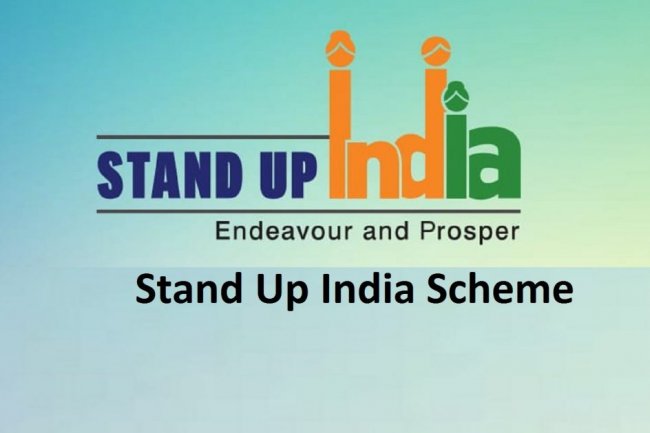What is the Green Highways Policy? What are the benefits of adopting this policy?
This is a program aimed at encouraging the greening of highway corridors, involving the population, farmers, the private sector, NGOs, and government bodies. In addition, the legislation includes detailed guidance to ensure the uniformity of highway landscape improvement operations. In terms of the large generation of job opportunities, the growth of entrepreneurship, and environmental benefits, society will benefit. Overall, policy implementation would lead to the country's economic growth and local groups will have access to their rights to the timber-free production of trees.

- What is the objective of the Bharatmala Pariyojna program?
The Bharatmala pariyojna program focuses on improving freight and passenger movement efficiency across the country by bridging critical infrastructure gaps through successful interventions such as the construction of Economic Corridors, Inter Corridors, and Feeder Routes, Enhancement of National connectivity Corridor Efficiency, Border and national Connectivity Roads, Coastal and Port Connectivity Roads and expressways Green-Field.
- What are the different initiatives are taken by the Govt. towards the development of Highways in India?
Bharatmala pariyojna program Eastern Peripheral Expressway-Western Peripheral Expressway Indian Bridge Management System Toll-Operate-Transfer (ToT) Preparation of the multi-modal transportation system Green Highways Division in the NHAI Project Monitoring Information System (PMIS) INAM-Pro+ launched Bhoomi Rashi-Pro+
- What is the Green Highways (Plantation, Transplantation, and Beautification & Maintenance) Policy? What are the benefits of adopting this policy?
This is a program aimed at encouraging the greening of highway corridors, involving the population, farmers, the private sector, NGOs, and government bodies. In addition, the legislation includes detailed guidance to ensure the uniformity of highway landscape improvement operations. In terms of the large generation of job opportunities, the growth of entrepreneurship, and environmental benefits, society will benefit. Overall, policy implementation would lead to the country's economic growth and local groups will have access to their rights to the timber-free production of trees.
- What are the Fiscal incentives provided by the Government in Road and Highway Sector?
The sector's fiscal incentives are as follows: 1) 100 percent FDI permitted by automatic road, subject to relevant laws and regulations. 2) Right of way (RoW) for project land made available free from all burdens to concessionaires. 3) NHAI / GOI to provide up to 40 percent of project costs to provide capital grants (Viability Gap Funding / Cash Support) to improve viability on a case-to-case basis. 4)100% tax exemption for five years and 30% relief for the next five years, which can be used for 20 years. 5) Duty-free import of modern equipment for high-capacity construction.
- What roles did Government play in the highway sector?
National Highways Authority of India initiated the National Highways Development Project(NHDP) which is India's largest-ever Highways Project in a phased manner. NHDP's primary emphasis was to ensure improved safety features, better surface cycling, road geometry and traffic management, bypasses and facilities on the route, over bridges and underpasses, etc.
- What is the scope of Pradhan Mantri Gram Sadak Yojana (PMGSY),?
The Govt. has launched the Pradhan Mantri Gram Sadak Yojana (PMGSY). of India to provide connectivity to unconnected Habitations as part of a poverty reduction strategy.
- Does the road and highway sector provide any tax benefits post-GST?
In the Roads & Highway industry, few tax benefits after GST are: Interstate check posts eliminated, long-haul truck travel time, other freight vehicles reduced by at least one-fifth Rate for all goods estimated to be in the range of 18 percent Logistics cost down to 10-12 percent of the total value of goods
- What is the Value Engineering Programme?
The Government of India's Ministry of Road Transport and Highways aims to introduce a 'Value Engineering Program' to encourage the use of new technology and materials in highway projects being implemented in India.
- What is the Special Accelerated Road Development Programme?
An ambitious Special Accelerated Road Development Program (SARDP-NE) for road network development in the north-eastern states of the country has been adopted by the Ministry of Road Transport and Highways.
- What amount of Foreign Direct Investment is permitted in streets and parkways?
100 percent Foreign Direct Investment (FDI) is authorized in the road and highway sector under the automatic path.
- What are the development plan and budgets of the Bharatmala pariyojna program?
In Phase, I of the Bharatmala pariyojna program a total of about 24,800 km is being considered. In addition, the phase-I of the Bharatmala pariyojna program also includes 10,000 km of NHDP balance road work, bringing the total to 34,800 km at an approximate INR rate. Cr. 5,35,000. Step I of Bharatmala pariyojna program -to be introduced over a period of five years from 2017-18 to 2021-22,
- What are the key objectives of the Bharatmala pariyojna program?
Improving connectivity in the North East Seamless connectivity with neighboring countries Improving the effectiveness of existing corridors through the construction of Multimodal Logistics Park Delegation of powers to accelerate project delivery-Step I to be completed by 2022 Focus on the use of technology and scientific planning for project planning and asset planning
Tracking.
What's Your Reaction?




















